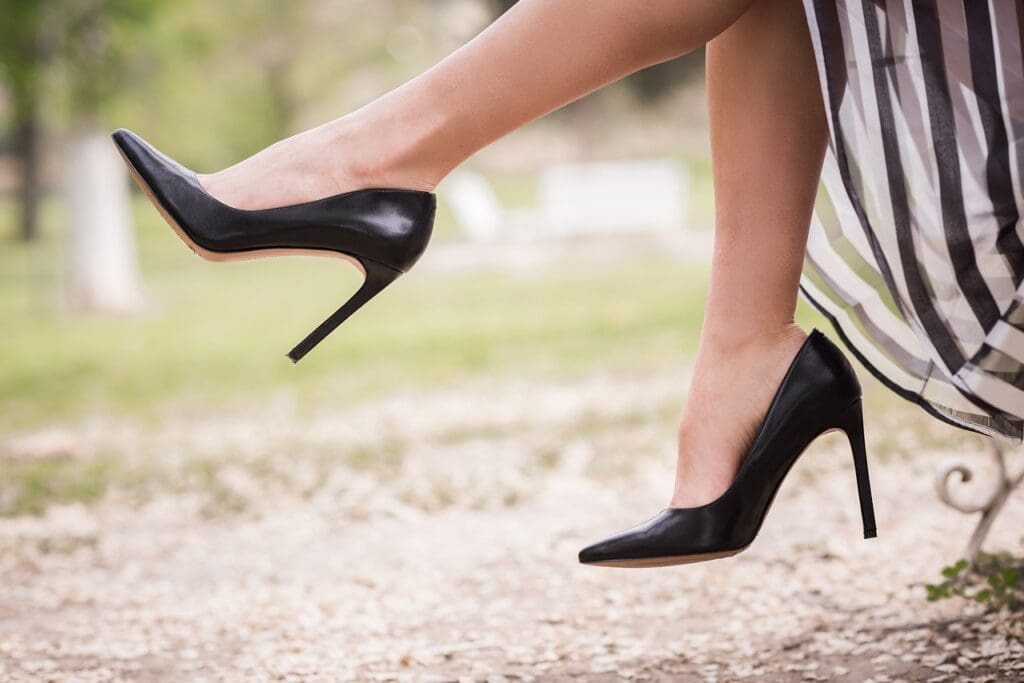Dr. Glenn L. Keiper Jr, MD, is a surgeon with his practice in Eugene, OR. Through years of practice, Dr. Glenn L. Keiper Jr, MD, has seen patients with various medical issues pertaining to the spine. Unbeknownst to many patients, spinal problems can be caused by the feet.
The Link Between The Spine and Feet
The foot and spine connection has long been established in the field of medicine. Cervical spine posture, according to Dr. Glenn L. Keiper Jr MD, uses the entire skeletal structure. This includes soft tissue and neurological control. If the feet are not aligned properly, this can have a negative impact on all supporting joints.
Spinal Nerves and Other Issues
Spinal nerves from the lower spine travel through the legs and into the feet. With proper support, the feet can readjust posture, which can help overall spine health. An unstable posture will cause the spine to try to correct itself, but with great difficulty.
When walking, an individual must force all their weight onto one foot. If this weight is not properly distributed, this can cause back pain when sitting or standing.
Spine issues can also cause problems in the feet. Sciatica can be an extremely painful spinal condition that can cause pain in the foot. This type of condition occurs when the sciatic nerve is compressed. When pressure is applied to the nerve, this can cause pain to radiate from the lower back to the leg and then the foot.
Sciatica and Lumbar Spinal Stenosis
Sciatica that affects the foot can be caused by several spinal disorders. A herniated lumbar disc occurs when the soft center of the disc leaks through the outer exterior. This can put undue pressure on the lower back.
Lumbar spinal stenosis is another common reason for sciatica. This happens when the spinal nerves are compressed in the lower back. This is due to a narrowing of the spine that places pressure on the spinal cord.
Both the feet and the spine can negatively affect one another. To potentially rule out a spinal condition like lumbar spinal stenosis or sciatica, focusing on the posture is usually done first.
What Is The Correct Posture?
Good posture helps the entire body function. Simply standing up straight is not enough to ensure spinal health. Holding the body correctly while standing, sitting, and walking means the spine is more likely to align itself.

Dynamic posture is used to describe an individual’s posture while moving. This can include walking and bending forward. Dynamic posture is directly impacted by foot placement and the type of support that is required.
A correct standing posture involves standing tall with both shoulders back. The stomach should be pulled in and the head level. The feet should be shoulder-width apart, with most of the weight resting on the balls of the feet.
Proper Foot Placement
Dysfunctional foot placement can lead to several issues. Difficulty walking on tiptoes, a slouching spine, and forward-pointing hips can all occur with poor foot placement.
Proper foot alignment starts with the overall foot. Both feet should be pointed forward while walking. If one or both feet are pointed inward, this can negatively impact the legs, balance, and spine. A forward-facing position means that the toes are pointed directly forward and placed under the hips.
Once the foot has lifted, the heel should be the first part of the foot to make contact with the ground. Pressure should not be focused on the arch or inner part of the foot. Walking with the sides of both feet can cause long-term pain.
The Role of Footwear
Certain shoes are specifically created for posture. Other shoes are extremely common but can cause pain and discomfort in the spine. The lower the heel, the less likely an individual is to feel a foot or spinal pain.
High heels keep the foot bent while raising the ankle. This posture has a significant impact on the spine because of a steep tilt. By activating separate muscle groups, walking can create issues with the lower back.
While not socially acceptable, walking barefoot is recommended for posture. This allows the body more stability than high heels or boots. Since the ground places additional pressure on the body, a firmer shoe can help cushion and support the feet.
Finding The Right Support
Specialized shoes can help correct certain spinal issues and leg pain. Even shoes that are not custom-made can provide support. When looking for the right type of foot support, there are several factors to consider.


Arch support should feel natural. Since everybody’s arch is different, shoes will need to support the individual. A natural arch supports the body weight. Shoes with firm midsoles often work for people with natural arches.
Cushioning is also important. Adequate cushioning will reduce the impact placed on the spine. Cushioning placed in the midsole will protect the feet by absorbing direct external shock. Depending on the shoe, cushioning can be made from polyurethane foam or ethylene-vinyl acetate.
The feet will slightly expand throughout the day. Shopping for shoes in the mid-afternoon will likely provide a better fit. When trying on shoes, it’s important to wear regular socks. This will help determine the width and padding.
Wrap Up
Feet have a direct impact on posture. Without the right type of footwear, this can lead to back pain and slouching. Since foot placement is critical, whether standing or moving, focusing on structure and support is crucial.
Featured Photo by Joyce McCown on Unsplash




